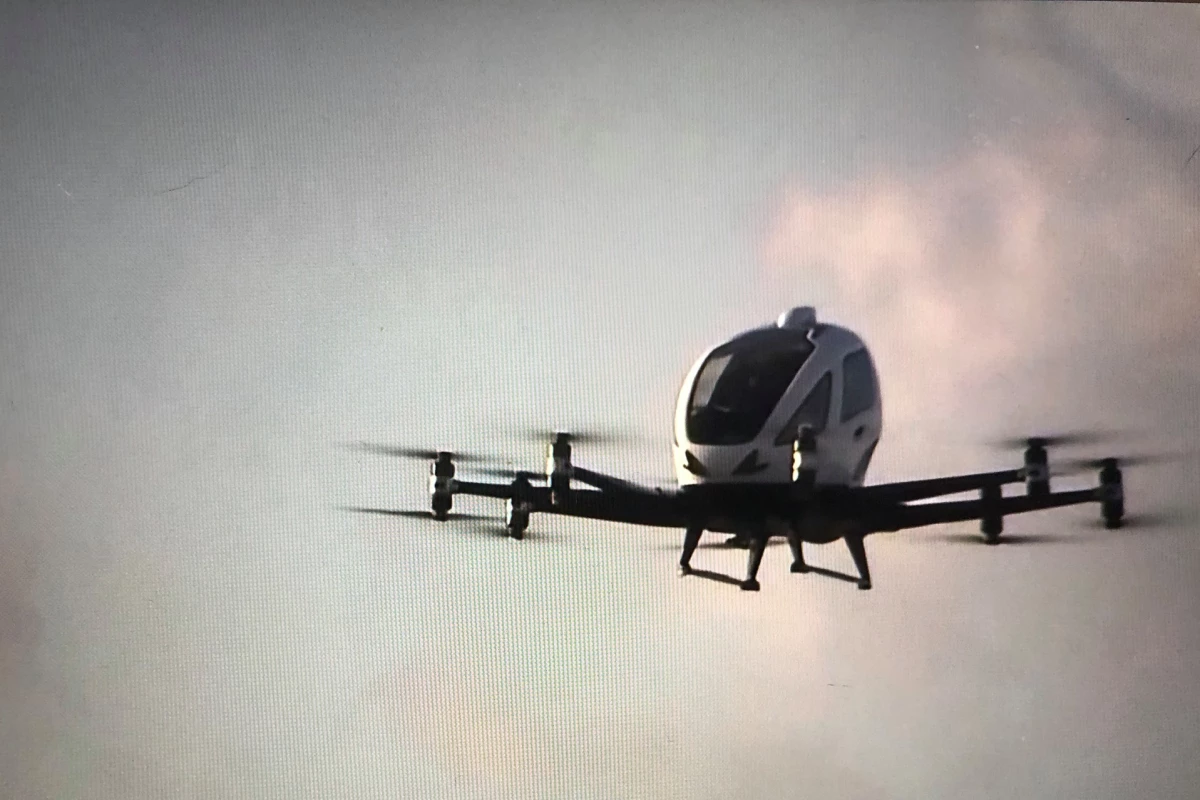Back in January, China's EHang aced the first flight in the US of its two-seat autonomous air taxi. Now the company has agreed to develop the first Urban Air Mobility pilot program in Seville, Spain.
According to a report by the European Commission, over half of the people of Europe live in urban sprawls comprising more than 10,000 inhabitants. These people share the same mobility infrastructure, facing the daily stresses of increased traffic congestion, traffic accidents and air pollution. EHang sees its air taxis as a means of getting people from A to B in a relatively efficient and eco-friendly manner, while also offering potential for tourist applications.
The cooperation agreement with the city of Seville follows the granting of an operational flight permit by the Civil Aviation Authority of Norway earlier in the month for long term testing of the EHang 216. This latest agreement will see EHang build passenger transportation, air logistics and command and control platforms in the municipality of Seville.
City officials will also work with the company to secure flight permits for test flights and route planning.

"Seville has developed a rich culture over its 2,000 years of history, so we are delighted to collaborate with the Seville government to bring new Urban Air Mobility technology to this ancient city," said EHang's founder, chairman and CEO Hu Huazhi. "There are many old, narrow paths in the old town of Seville, which are inaccessible to automobiles. We believe our Autonomous Aerial Vehicle can be a great solution for the city to relieve traffic congestion and better preserve historic sectors. Furthermore, as a popular tourist city, we hope to open up flying routes for sightseeing so that visitors from around the world can experience the spectacular cityscape of Seville by air."
EHang has two autonomous, electric air taxis in development, the single-seat 116 and the two-seat 216. Each sports 16 independent rotors mounted in pairs on eight arms that surround the passenger cabin. Both can reach a top speed of 130 km/h (80 mph), but will cruise at around 100 km/h. Flight time for the EHang 216 is 21 minutes, a few minutes more than the 116.
EHang has also agreed to use its drones for an aerial light show in celebration of the 500th anniversary of Ferdinand Magellan's voyage around the world, which set off from Seville in 1519.
Source: EHang




